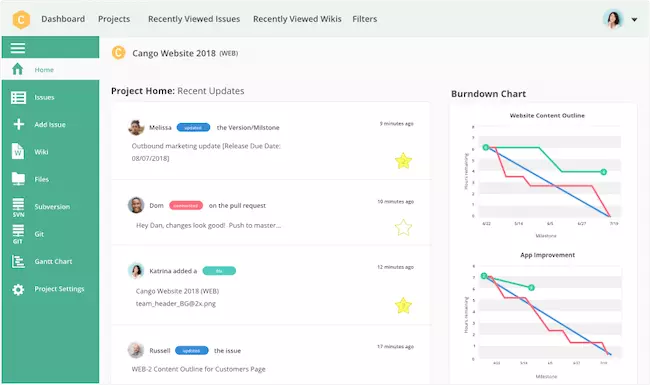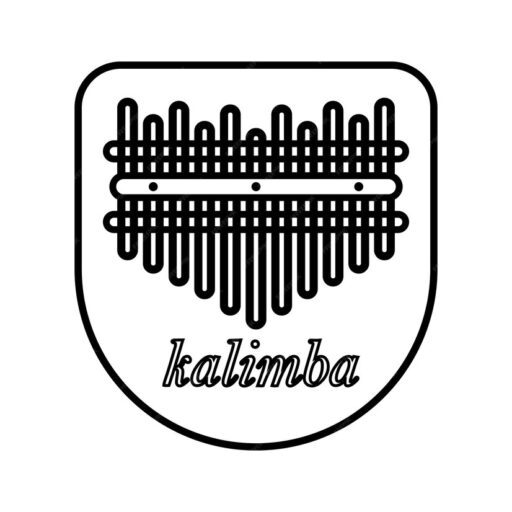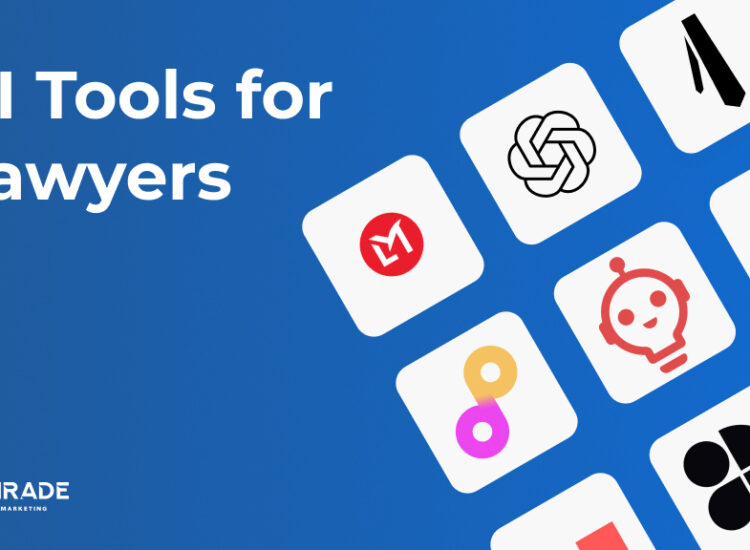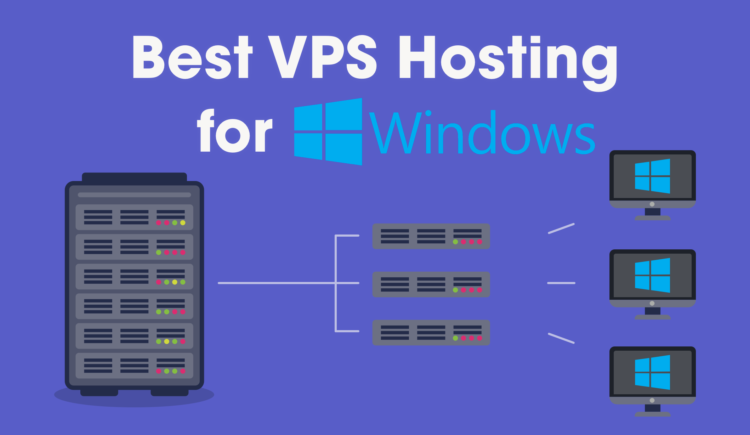As businesses increasingly rely on cloud-based services, understanding the shared responsibility model is crucial for maintaining robust cloud security. This model establishes the roles and responsibilities of both the cloud provider and the business in safeguarding the cloud environment. This understanding is essential for implementing effective cloud security best practices.
Toc
- 1. The Shared Responsibility Model: The Foundation of Cloud Security
- 2. Implementing Cloud Security Best Practices: Protecting Your Sensitive Information
- 3. Addressing Cloud Security Risks
- 4. Related articles 01:
- 5. Maintaining Compliance and Security Standards
- 6. Building a Strong Cloud Security Culture
- 7. Optimizing Cloud Security with the Latest Technologies
- 8. Related articles 02:
- 9. Frequently Asked Questions
- 10. Conclusion
The Shared Responsibility Model: The Foundation of Cloud Security

Cloud providers, such as AWS, Microsoft Azure, and Google Cloud, are responsible for the security of the underlying infrastructure, which includes physical data centers, network security, and virtualization. On the other hand, businesses must take ownership of securing their data, applications, and user access within the cloud. This dual responsibility ensures a comprehensive approach to cloud security, where both parties work together to mitigate risks and protect sensitive information.
Understanding the shared responsibility model is not just about delineating responsibilities; it’s about fostering collaboration between cloud service providers and businesses. This collaboration is essential for implementing effective security measures and ensuring that both parties are aligned in their security objectives.
Implementing Cloud Security Best Practices: Protecting Your Sensitive Information

To effectively protect your cloud environment, it is essential to implement a suite of security controls. These controls serve as the foundation of a comprehensive cloud security strategy and address various aspects of data protection, user access, and threat detection.
Data Encryption: Protecting Your Sensitive Information
Data encryption acts as a fundamental safeguard for your sensitive information, protecting it both when stored and while being transmitted. Encrypting data ensures that even if unauthorized individuals gain access to it, they cannot read or use the information without the proper decryption keys.
- Encryption Methods: There are two primary types of encryption: symmetric and asymmetric.
- Symmetric Encryption uses the same key for both encryption and decryption, making it faster but requiring secure key distribution. For example, AES (Advanced Encryption Standard) is a widely used symmetric encryption algorithm.
- Asymmetric Encryption employs a pair of keys: a public key for encryption and a private key for decryption. This allows for secure key exchange and is often used for digital signatures and secure communication. An example of this is the RSA (Rivest-Shamir-Adleman) algorithm.
For instance, a healthcare organization using a cloud service to store patient records might use AES encryption to protect data at rest and TLS/SSL encryption for data in transit.
- Cloud-Based Encryption Services: Many cloud service providers offer built-in encryption services that automatically encrypt data at rest and in transit. Utilizing these services can simplify the encryption process and ensure that sensitive data remains secure.
- Best Practices for Data Encryption: Implementing data encryption involves more than just enabling a feature. It requires a comprehensive strategy that includes managing encryption keys securely, regularly reviewing encryption protocols, and ensuring compliance with industry standards.
Access Management and Authentication: Securing User Identities
Effective access management and strong authentication methods are crucial for controlling access to your cloud resources. Without proper access controls, organizations risk unauthorized access, data breaches, and compliance violations.
- Multi-Factor Authentication (MFA): Implementing MFA adds an additional layer of security beyond traditional passwords. MFA requires users to provide multiple forms of authentication, such as a password, a one-time code from a mobile app, or a biometric scan. This significantly reduces the risk of unauthorized access, even if one authentication factor is compromised. For example, MFA can be implemented using methods like SMS-based authentication, push notifications, security keys, or biometrics.
- Principle of Least Privilege: This principle dictates that users should be granted the minimum level of access necessary to perform their job functions. By adhering to this principle, businesses can limit the potential damage caused by compromised accounts. For instance, a marketing team member should only have access to the marketing CRM system and not the company’s financial records.
- Access Management Strategies: Regularly reviewing user access rights and implementing role-based access control (RBAC) can help maintain effective access management. Additionally, utilizing identity and access management (IAM) solutions can streamline user provisioning and deprovisioning processes.
Security Monitoring and Logging: Detecting and Responding to Threats
Continuous security monitoring and comprehensive logging are essential for identifying and addressing potential threats in your cloud environment. Proactive monitoring enables businesses to detect anomalies and respond to security incidents in real-time.
- Security Information and Event Management (SIEM) Tools: SIEM tools centralize and analyze security data from across your cloud infrastructure. By aggregating logs and events, these tools help identify patterns that may indicate a security incident.
- Threat Detection and Incident Response: Establishing a clear incident response plan is crucial for minimizing the impact of security incidents. This plan should outline roles, responsibilities, and procedures for detecting, responding to, and recovering from security breaches.
- Regular Security Audits: Conducting regular security audits and vulnerability assessments can help identify weaknesses in your cloud security posture. Engaging with third-party security firms or utilizing automated security assessment tools can provide valuable insights into potential vulnerabilities.
Addressing Cloud Security Risks

While the cloud offers numerous benefits, it also introduces new security risks that businesses must address. Proactively identifying and mitigating these risks is crucial for maintaining the integrity of your cloud-based data and applications.
1. https://kalimbatran.com/archive/1455/
2. https://kalimbatran.com/archive/1462/
3. https://kalimbatran.com/archive/1454/
Misconfigurations: Preventing Vulnerabilities
Misconfigurations in cloud settings can create vulnerabilities that can be exploited by malicious actors. Regularly reviewing your cloud configurations is essential for preventing these risks.
- Common Causes of Misconfigurations: Misconfigurations can arise from human error, lack of understanding of cloud services, or failure to follow best practices. Awareness of these common pitfalls can help organizations implement more effective configuration management.
- Automated Detection Tools: Utilizing automated security tools can help identify misconfigurations in real-time. These tools can scan cloud environments for compliance with security policies and provide actionable recommendations for remediation.
- Best Practices for Configuration Management: Establishing a configuration management process that includes regular audits, automated monitoring, and employee training can help prevent misconfigurations and enhance overall cloud security.
Insider Threats: Mitigating the Risks from Within
Insider threats, whether intentional or accidental, can pose a significant risk to your cloud environment. Organizations must be proactive in identifying and mitigating these risks.
- Types of Insider Threats: Insider threats can originate from employees, contractors, or third-party vendors. Understanding the different types of insider threats can help organizations develop targeted mitigation strategies.
- Employee Awareness Training: Implementing regular security awareness training for employees can help reduce the likelihood of insider threats. Training should cover topics such as recognizing phishing attempts, secure password management, and reporting suspicious activities.
- Monitoring and Detection: Utilizing user behavior analytics (UBA) tools can help detect abnormal user behavior that may indicate an insider threat. Establishing clear policies for reporting and responding to suspicious activities is also essential.
Third-Party Risks: Evaluating and Managing External Integrations
When integrating third-party services or vendors into your cloud ecosystem, it is crucial to assess their security practices and controls. Third-party integrations can introduce vulnerabilities that may compromise your cloud environment.
- Vendor Risk Assessment: Conducting thorough risk assessments of third-party vendors can help identify potential security risks. Evaluate their security practices, compliance certifications, and incident response capabilities to ensure alignment with your organization’s security standards.
- Establishing Clear Security Requirements: When engaging with third-party vendors, establish clear security requirements and expectations. This includes data handling practices, access controls, and incident reporting procedures.
- Continuous Monitoring: Regularly monitor third-party access to your cloud resources and assess their security posture. This ongoing evaluation can help mitigate risks associated with third-party integrations.
Maintaining Compliance and Security Standards

Compliance with relevant security standards and regulations is a critical aspect of cloud security. Businesses must ensure that their cloud environments adhere to industry-specific requirements, such as GDPR, HIPAA, and PCI DSS, to avoid legal and financial penalties.
Compliance Requirements: Understanding and Implementing Necessary Controls
Familiarize yourself with the compliance requirements that apply to your industry and business operations. Collaborate with your legal and IT teams to ensure that your cloud environment meets the necessary standards.
- Industry-Specific Regulations: Different industries have unique compliance requirements. Understanding these requirements is essential for implementing the necessary security controls and avoiding potential penalties.
- Documentation and Reporting: Maintaining thorough documentation of your compliance efforts is crucial. This includes documenting security policies, incident response procedures, and audit results to demonstrate compliance to regulatory bodies.
- Regular Compliance Audits: Conducting regular compliance audits can help identify areas for improvement and ensure that your organization remains compliant with evolving regulations.
Security Audits and Assessments: Identifying and Addressing Vulnerabilities
Regularly conducting security audits and vulnerability assessments is essential for identifying and addressing potential weaknesses in your cloud environment.
- Types of Security Audits: Different types of security audits, such as internal audits, external audits, and penetration testing, can provide valuable insights into your cloud security posture. Engaging with reputable security firms can enhance the effectiveness of these assessments.
- Best Practices for Conducting Audits: Establishing a structured audit process that includes clear objectives, methodologies, and reporting can help ensure comprehensive assessments. Regularly reviewing audit findings and implementing recommended changes is vital for continuous improvement.
- Utilizing Security Tools: Leveraging security tools and services can streamline the audit process and provide real-time visibility into your cloud environment. These tools can help identify vulnerabilities and ensure compliance with security standards.
Building a Strong Cloud Security Culture
Fostering a strong cloud security culture within your organization is crucial for the long-term success of your cloud security strategy. This involves empowering your employees to become active participants in safeguarding your cloud-based assets.
Employee Training and Awareness: Empowering Your Workforce
Implement comprehensive security awareness training programs to educate your employees on cloud security best practices. Training should cover essential topics, such as recognizing phishing attempts, managing passwords securely, and reporting suspicious activities.
- Ongoing Training Programs: Security awareness training should not be a one-time event. Implementing ongoing training programs can help reinforce security best practices and keep employees informed about emerging threats.
- Encouraging a Culture of Vigilance: Encourage a culture of vigilance and accountability within your organization. This involves promoting open communication about security concerns and recognizing employees who actively contribute to cloud security efforts.
- Creating Security Champions: Identify and empower security champions within your organization. These individuals can serve as advocates for cloud security best practices and help raise awareness among their peers.
Security Best Practices: Establishing and Communicating Clear Guidelines
Establish and communicate clear security best practices for your employees to follow when interacting with cloud-based resources. Reinforcing the importance of secure data handling, password management, and adherence to your organization’s cloud security policies is crucial.
- Developing a Security Policy: Creating a comprehensive cloud security policy that outlines expectations, responsibilities, and procedures can help guide employee behavior and decision-making.
- Regularly Reviewing Policies: Regularly review and update your security policies to ensure they remain relevant and effective. Involve employees in this process to gather feedback and insights.
- Promoting a Security-First Mindset: Encourage a security-first mindset across your organization. This involves integrating security considerations into everyday business processes and decision-making.
Optimizing Cloud Security with the Latest Technologies

As the cloud security landscape continues to evolve, businesses must stay up-to-date with the latest technological advancements to enhance their security posture.
1. https://kalimbatran.com/archive/1462/
2. https://kalimbatran.com/archive/1457/
3. https://kalimbatran.com/archive/1456/
Cloud-Native Security Solutions: Leveraging Advanced Security Tools
Explore cloud-native security tools and platforms, such as Cloud Security Posture Management (CSPM) and Cloud Workload Protection Platforms (CWPP), which provide comprehensive visibility, configuration management, and threat detection capabilities across your multi-cloud environment.
- Benefits of Cloud-Native Solutions: Cloud-native security solutions are designed to integrate seamlessly with cloud environments, providing real-time visibility and automated security management. Leveraging these tools can enhance your organization’s security posture.
- Continuous Compliance Monitoring: Many cloud-native security solutions offer continuous compliance monitoring features, allowing organizations to maintain compliance with industry standards and regulations effortlessly.
- Integrated Security Frameworks: Consider adopting integrated security frameworks that encompass various security measures, such as identity and access management, data protection, and threat detection. This holistic approach can streamline security management and improve overall effectiveness.
Artificial Intelligence and Machine Learning: Automating Security Processes
Leverage the power of Artificial Intelligence (AI) and Machine Learning (ML) to automate security processes, enhance threat detection, and streamline incident response. AI-powered security solutions can help you identify anomalies, predict and mitigate potential threats, and optimize your security operations.
- Anomaly Detection: AI and ML can analyze vast amounts of data to identify unusual patterns that may indicate security threats. Implementing these technologies can enhance your organization’s ability to detect and respond to threats proactively.
- Automated Incident Response: Automating incident response processes can significantly reduce response times and minimize the impact of security incidents. AI-driven solutions can help streamline workflows and ensure timely actions are taken in response to detected threats.
- Predictive Analytics: Utilizing predictive analytics can help organizations anticipate potential security threats and vulnerabilities. By analyzing historical data, businesses can identify trends and proactively address risks.
Containerization and Orchestration: Securing Containerized Workloads
If your organization utilizes containerized applications, ensure that you implement robust security measures within your container orchestration platforms, such as Kubernetes. This includes securing container images, enforcing network segmentation, and managing access controls to mitigate the unique security challenges posed by containerized environments.
- Container Image Security: Regularly scan container images for vulnerabilities before deploying them in production. Utilize automated security scanning tools to ensure that only secure images are used.
- Network Segmentation: Implementing network segmentation within your container orchestration environment can help limit the potential impact of security incidents. By isolating different components, you can reduce the attack surface and enhance overall security.
- Access Controls for Containers: Establish strict access controls for containerized applications to ensure that only authorized users can access sensitive resources. This includes implementing role-based access control (RBAC) and regularly reviewing access permissions.
Frequently Asked Questions
Q: What are the biggest challenges in cloud security?
A: The biggest challenges in cloud security include managing the shared responsibility model, maintaining compliance with evolving regulations, and keeping up with the rapidly changing threat landscape. Businesses must continuously adapt their security strategies to address these challenges and protect their cloud-based assets.
Q: How do I choose the right cloud security provider?
A: When selecting a cloud security provider, consider their security features, compliance certifications, incident response capabilities, and overall track record in safeguarding customer data. Evaluate their ability to meet your organization’s specific security requirements and ensure that they align with your overall cloud security strategy.
Q: What is the cost of cloud security?
A: The cost of cloud security can vary depending on the size and complexity of your organization, the security tools and services you require, and the level of security expertise needed. Factors such as security software licenses, employee training, compliance audits, and the engagement of security professionals can all contribute to the overall cost of cloud security. It is essential to allocate a sufficient budget to ensure the protection of your cloud-based assets.
Conclusion
In the ever-evolving landscape of cloud computing, securing your organization’s data and infrastructure is a critical priority. By understanding the shared responsibility model, implementing essential security controls, addressing cloud security risks, and maintaining compliance, you can safeguard your cloud environment and build a strong security culture within your organization. Continuously monitoring your cloud security posture and adapting to emerging threats is the key to ensuring the long-term resilience of your cloud-based systems. Embrace these cloud security best practices and work closely with your cloud service providers and security experts to protect your business from the ever-increasing cyber threats in the cloud.






